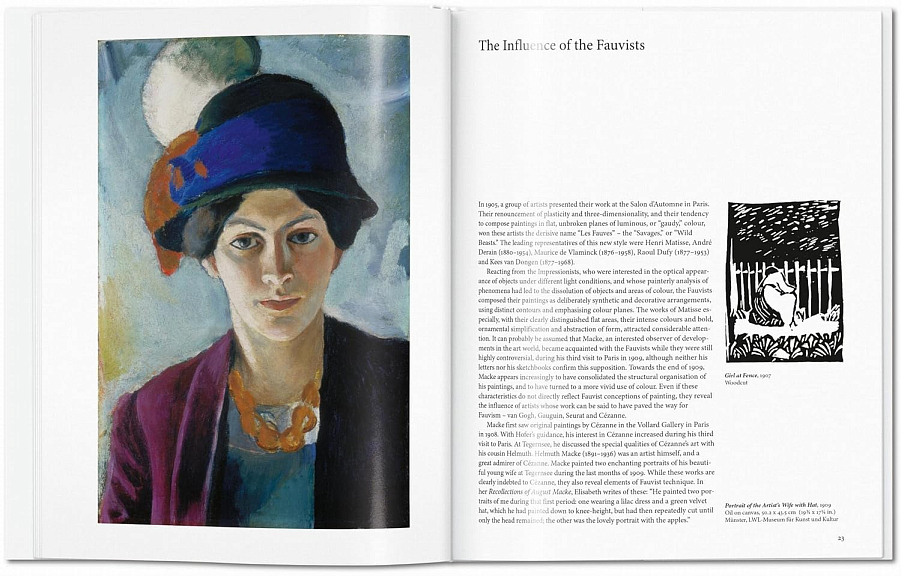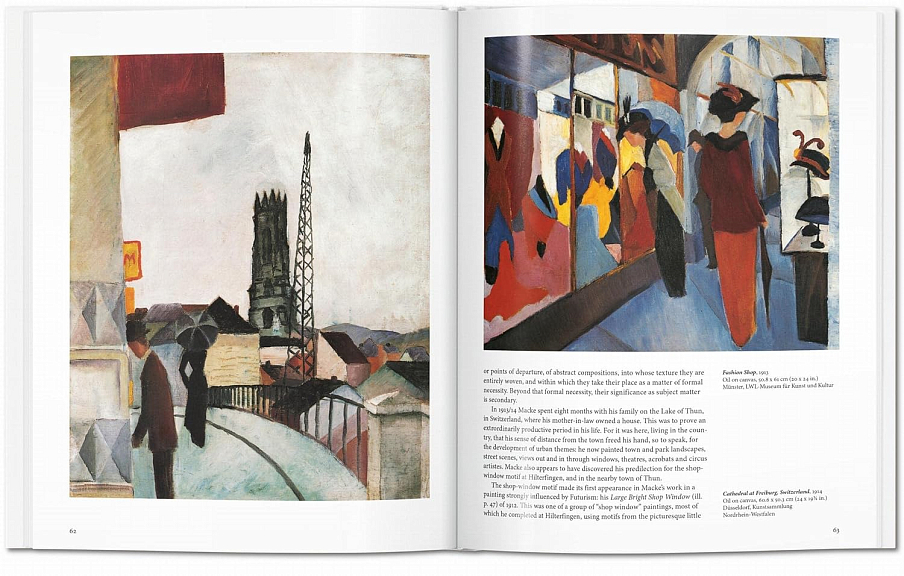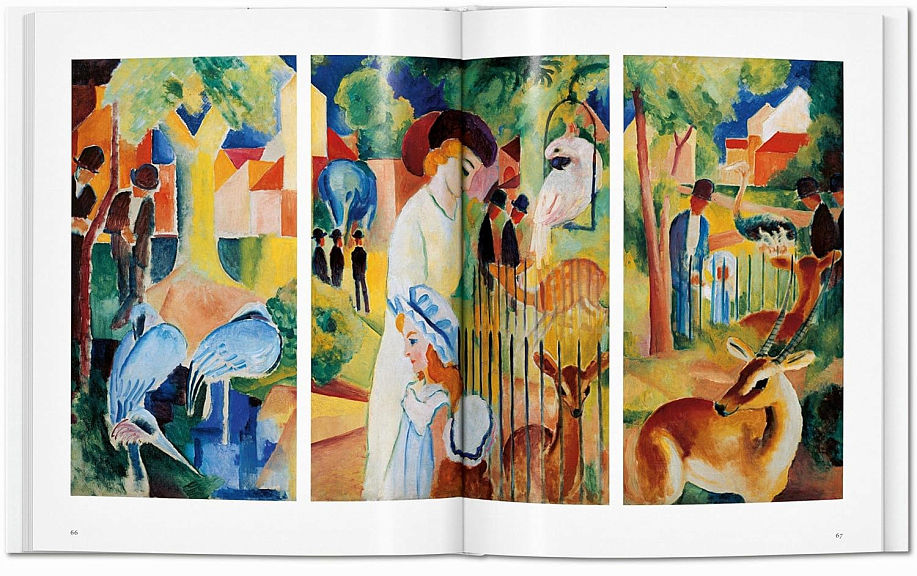-
Книги
- Нонфикшн
- Гуманитарные науки
- Деловая литература
- Естественные / Точные науки
- Книгоиздание
- Лайфстайл
- Словари / Энциклопедии
- Художественная литература
- Детектив
- Драматургия
- Классическая проза
- Мифология. Эпос
- Поэзия
- Собрания сочинений
- Современная художественная проза
- Фантастика. Фэнтези
- Биографии / Мемуары
- Графические романы / Комиксы
- Детские книги
- Воспитание. Педагогика
- Детский досуг
- О детских книгах
- Познавательная литература
- Художественная литература для детей
- Журналы / Зины
- Архитектурные
- Гуманитарные
- Журналы о моде
- Зарубежная периодика
- Искусство / Фотография
- Кино / Театр
- Лайфстайл
- Книги «Подписных изданий»
- Книги на иностранных языках
- Английский язык
- Испанский язык
- Итальянский язык
- Книги на иностранных языках для детей
- Немецкий язык
- Финский язык
- Французский язык
- Шведский язык
- Книги о кино
- Книги о музыке
- Книги о средневековье
- Книги о театре
- Книги о фотографии
- Книги об искусстве / Книги об архитектуре
- Альбомы по искусству
- Архитектура
- Декоративно-прикладное искусство
- Живопись
- Искусствоведение
- Орнаменты
- Прочее
- Танец
- Татуировка
- Творческое развитие
- Книги по философии
- Кулинарные книги
- Николай Солодников рекомендует
- Предзаказ
- Про дизайн / Про моду
- Путеводители / Книги о путешествиях
- Канцелярские товары
-
Подарки
- Брошки и значки
- Гирлянды
- Закладки
- Игры
- Календари
- Наклейки
- Наши сувениры
- Открытки
- Всякие-разные
- Наборы открыток
- Поздравления
- Про любовь и другие хорошие чувства
- С писателями и поэтами
- С цветами, овощами и фруктами
- С цитатами и другими фразами
- Подарочные сертификаты
- Постеры
- Прочее
- Сумки и шоперы
- Упаковка
- Подарочные сертификаты
Адрес магазина: Санкт-Петербург, Литейный пр., 57
August Macke
| Автор | Anna Meseure |
|---|---|
| Издательство | TASCHEN |
| Год издания | 2023 |
| Переплет | Твёрдый |
| Страниц | 96 |
| Формат | 210x260 мм |
| Язык | Английский |
| ISBN | 978-3-8365-3507-6 |
| Серия | Basic Art |
| Артикул | 1101041 |
August Macke (1887–1914) quickly ascended to notoriety, only to be killed at the tender age of 27 at the start of World War I. Despite his brief career, the artist left a remarkable oeuvre in his wake, his obsessions with color reflecting aspects of Impressionism, Post-Impressionism, Fauvism, and Expressionism.
Through his engagement with these diverse schools of art, Macke assimilated disparate influences and approaches into a style entirely his own. Grouped with the Blaue Reiter movement, but eschewing the mysticism that often pervaded the works of its artists, Macke returned time and again to color-led interpretations of beauty, whether the kaleidoscopic watercolor Bright Women in front of the Hat Shop (1913), or the shimmering hues of Lady in a Green Jacket (1913). These colors reached their zenith in 1914 when Macke traveled with Klee and Moilliet to Tunis and became acquainted with North African light.
With leading examples from his vivid painterly world, this book introduces us to Macke’s short but influential career as a pioneering Expressionist. From cheerful scenes of parks, zoos, and promenades to his final major work, ominously titled Farewell (1914), we explore a remarkable talent for visual impact and an intense pursuit of the emotional possibilities of color.
Подписка на рассылку
Раз в месяц будем присылать вам обзоры книг, промокоды и всякие-разные новости







